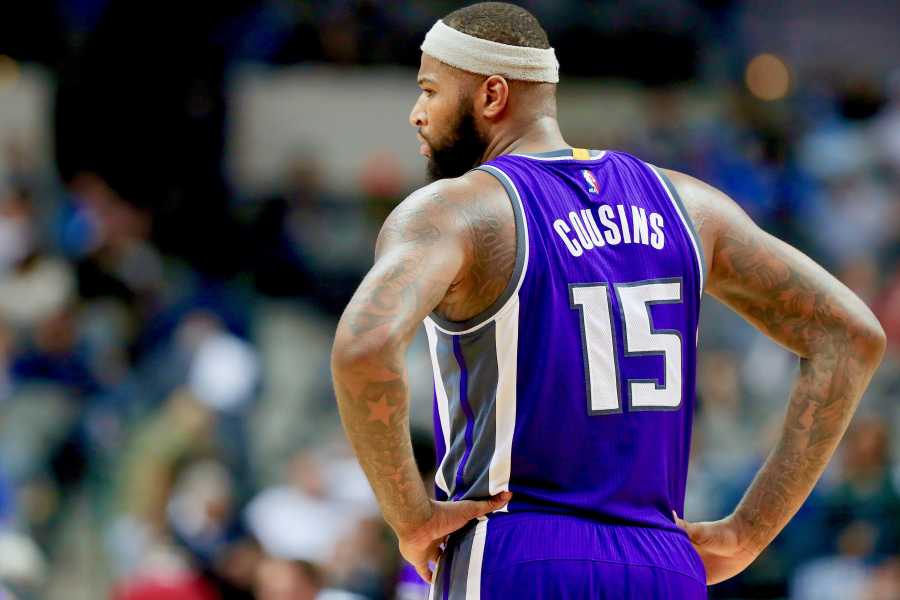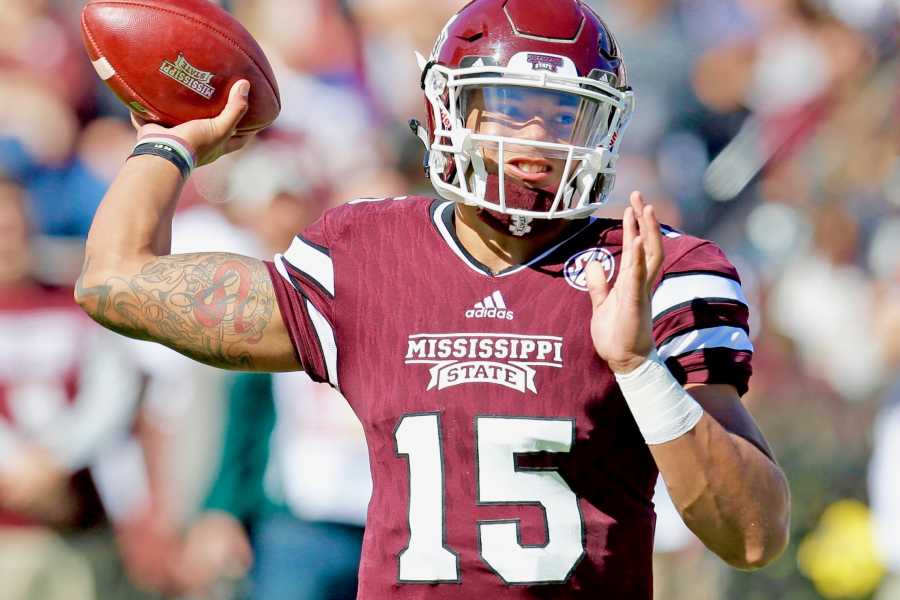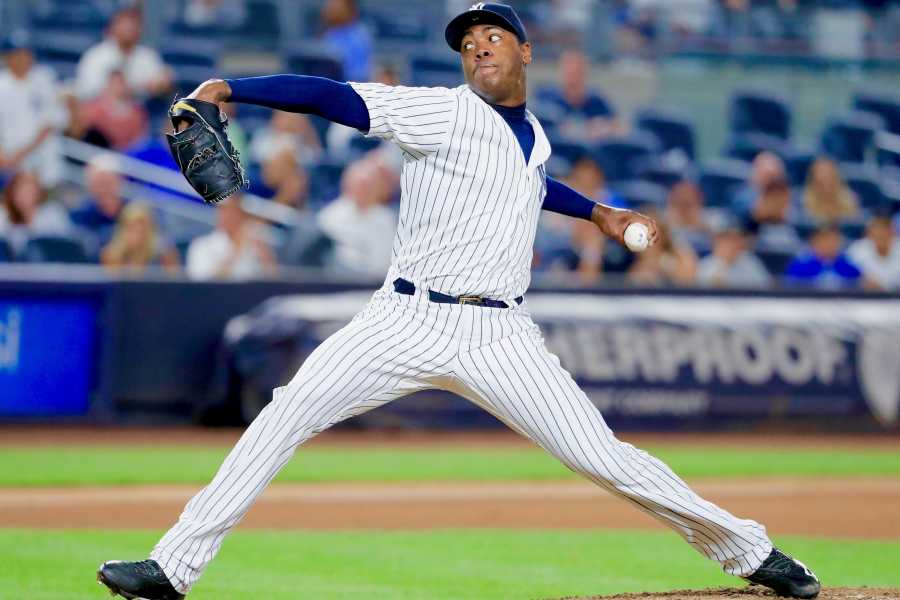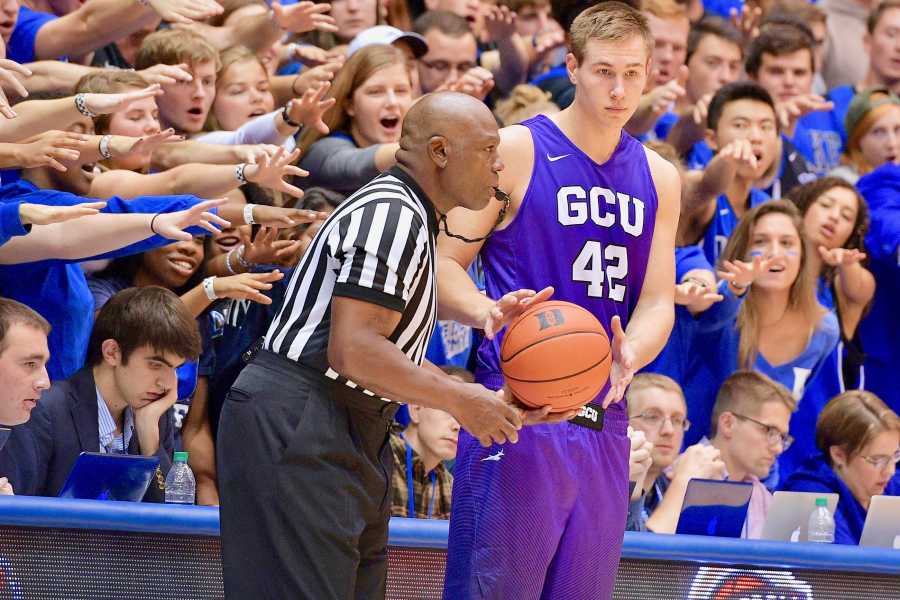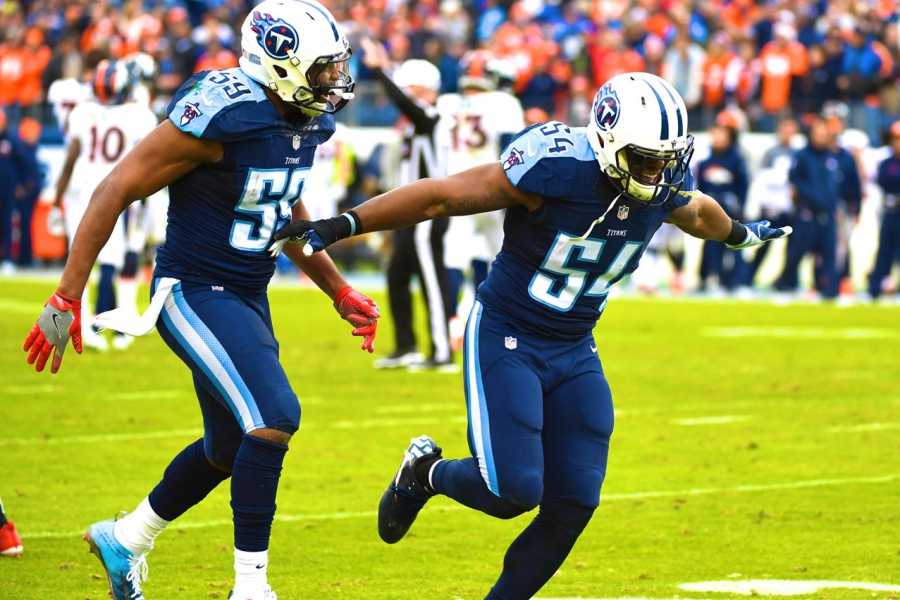It is 7:15 a.m. on October 22, seven hours before the actual Nick Saban will lead Alabama into Bryant-Denny Stadium, a few hundred feet from where his statue rests, for its game against Texas A&M.
Four young A&M fans run pass patterns in front of the statue, doing their best to stay warm on a chilly Alabama morning.
ESPN’s College GameDay, having set up shop not far from Saban’s permanent bronze home, is starting to attract a crowd before the show goes on air.
Over the next 12 hours, many domestic beers will be consumed—some directly under Saban’s outstretched, glowing arms.
Stories of generational fandom will flow freely. Men, women and children will make it a point to see the statue in person—many for the first time. The assembly line rarely stops moving.
None of it will make much sense for those who don’t speak this language. The arrangement itself—a statue of a man still crafting his legacy—will be lost on some.
It is unorthodox. Excessive. Obsessive. Extreme. But not to the people here.
They don’t ask that you understand.
✦ ✦ ✦
No one is more appreciative of the warming sun than Nick Ebel, an Alabama student who has not put on a shirt in more than 12 hours.
Late Friday night, shortly before bed, a large white “A” was painted on Ebel’s chest. He then carefully slept through the evening on his back. Rolling over would have been catastrophic.
With the temperature steadily rising Saturday morning and the paint across his chest starting to crack, his cameo in front of Saban’s statue is brief. He is a sight to be seen, and then he is gone, quickly replaced by others.
The statue is rarely alone, and those in its presence don’t recognize it as an object. Instead of saying “it,” they say “Coach” and “Nick.”
Some are young. Some are old. Some have four legs and tails. Some wear houndstooth pants and matching fedoras. Some wear jerseys. Some are dressed, purposely or not, a lot like Saban.
Some wear sundresses. Some wear Trump signs around their necks, held up by string. Some carry coolers. Many drink beer. Some wave unlit victory cigars, saving them for later.
They have come to see Alabama beat Texas A&M and to pay their respects to a statue that has stood for more than five years.
Since its unveiling in April 2011—an occasion that required 24-hour security prior to the reveal and emergency contingency plans in case a rogue spray painter defaced the statue—this has become one of Tuscaloosa’s most frequented landmarks.
Saban shares these grounds with other Alabama football coaching greats. To his left, about 50 feet away, Gene Stallings stands proudly in a suit, his eyes fixed in his singular intimidating glare.
To his left, Bear Bryant sports a vest and his trademark fedora. While none of the three statues is as visited as Saban’s on this day, Bryant’s is a worthy runner-up. The Saban vs. Bryant debates about who’s the better coach take place at the base of Saban’s statue throughout the afternoon.
Frank Thomas, wearing a letterman jacket, and a proper and formal-looking Wallace Wade complete this row of fame.
The national championship seasons are all commemorated on low concrete walls positioned a few feet behind the bronzed coaches. The years 2009, 2011, 2012 and 2015 are etched in dark black writing behind Saban. There is open space to add more.
The Saban statue stands nine feet tall and weighs roughly 800 pounds—“heroic size,” according to Cory Beltz, who oversaw the project for MTM Recognition.
Unlike the others, Saban’s is dressed down to the era. He wears khakis, a Nike Alabama polo with a giant “A” on the left side and gym shoes.
Some initial design concepts had Saban in the straw hat he wears at practice. Ultimately, he was left hatless and with a perfect hair day.
His belt is hooked on the third loop. His watch on his left wrist reads 6:30, for reasons unknown.
Saban leans forward slightly, with his hands mid-clap. It’s a gesture he frequently strikes, typically after his defense forces a punt. His mouth is slightly open, as though he’s cheering on his players. His eyes gaze directly forward as if he’s planning his next move.
It was the pose former Alabama student Jeremy Davis settled on when he was tasked with designing the statue. Saban had some influence in this process. Terry Saban, his wife, played a significant role as well.
And here it stands in all of its glory, five years later, drenched in sunlight. The bronze changes colors throughout the day depending on the height of the sun. By 11 a.m., it’s gleaming like gold.
A young boy and his father sit down on the concrete that surrounds the statue to rest their weary legs after a long morning. Even these resting places rarely open up, as people squeeze in for photos and kick back to take a drink with Nick.
With College GameDay wrapping up its live show, the boy places his sign on the ground.
“Since I was born,” it reads, “Alabama has 79 wins, and…I’m only 6. Roll Tide!”
✦ ✦ ✦
At least a dozen men and women decide to place a hand on Saban’s bronze buttocks throughout the day. Some accidently touch it while taking photos. Others give it a friendly pat for encouragement. A select few hold on to it as if they’re never letting go.
There is no barrier standing between the people and the statue. There are no warning signs. People interact with it any way they please, and some push this freedom further than others.
The statue’s grimy, slippery surface prevents most from getting too intimate. It is slathered in what appears to be cooking spray.
MTM Recognition, the company that oversaw the tributes to Saban and the other all-time Alabama football coaching greats, recommends that its clients apply PAM to their statues’ outer layers. Not only will it provide an extra bit of glisten, but it also makes them far more difficult to climb and far easier to clean in the instance that spray paint is applied.
Alabama takes this one step further. It gives Saban and the other statues a more substantial makeover once or twice a year. Prior to the biggest home game of the year to date, men with blow torches spent the afternoon heating Saban’s entire body. Once each section was hot enough, they applied wax to the outer surface to protect it and give it the appropriate shine.
While attacks of spray paint are not common, Saban’s statue is not immune to props. Tennessee fans placed an orange Vols flag in Saban’s hands earlier in the season. LSU fans draped a purple cape around his bronze shoulders not long after the statue was introduced.
Prior to Alabama’s College Football Playoff semifinal matchup against Ohio State at the end of the 2014 season, Buckeyes fans wrapped an “Urban Meyer Knows” T-shirt around Saban’s hands.
Today, however, with a crowd expanding as the 2:30 p.m. CT kickoff against Texas A&M draws near, the statue is clear of all objects. The only props are the ones held by fans in photos—flags and pennants and cans and commemorative cups acquired at Gallettes, a Tuscaloosa destination bar, which sits a few hundred yards away.
And there are many. So many that an attempt to count the number of pictures taken proves futile shortly before lunch.
The grass that used to grow around the statue clearly stood no chance. No surface could survive this kind of activity. Those who take photos stand on the lifeless lawn.
Many choose to place their items—beers, bags, hats and jackets—at the circular base of the statue, which serves as a makeshift bar top much of the time.
And then there are the poses. For some, it’s merely a matter of smiling and capturing the moment. Others enter with more elaborate plans and styles.
Throughout the day, a catalog of staging took shape.

